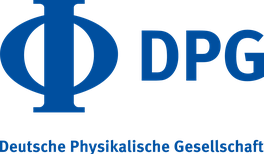
Manufacturing molecules with predefined structural and electronic properties is one of the central tasks in surface science nowadays. We investigate the thermal induced cyclization of dibromo-diphenyl-pyrene on Au(111) using scanning tunneling microscopy (STM) and spectroscopy. We show that precursor molecules self-assemble on Au(111) and form by annealing intermediate structures assembled in characteristic dimers or tetramers. By further annealing the surface, we can cleave methyl bromide groups and synthetize diindeno-pyrene molecules, as shown by high resolution STM images and dI/dV maps of the electronic orbitals. Density functional theory (DFT) and electron scattering quantum chemistry (ESQC) calculations confirm the experimental results.

Manufacturing molecules with predefined structural and electronic properties is one of the central tasks in surface science nowadays. We investigate the thermal induced cyclization of dibromo-diphenyl-pyrene on Au(111) using scanning tunneling microscopy (STM) and spectroscopy. We show that precursor molecules self-assemble on Au(111) and form by annealing intermediate structures assembled in characteristic dimers or tetramers. By further annealing the surface, we can cleave methyl bromide groups and synthetize diindeno-pyrene molecules, as shown by high resolution STM images and dI/dV maps of the electronic orbitals. Density functional theory (DFT) and electron scattering quantum chemistry (ESQC) calculations confirm the experimental results.